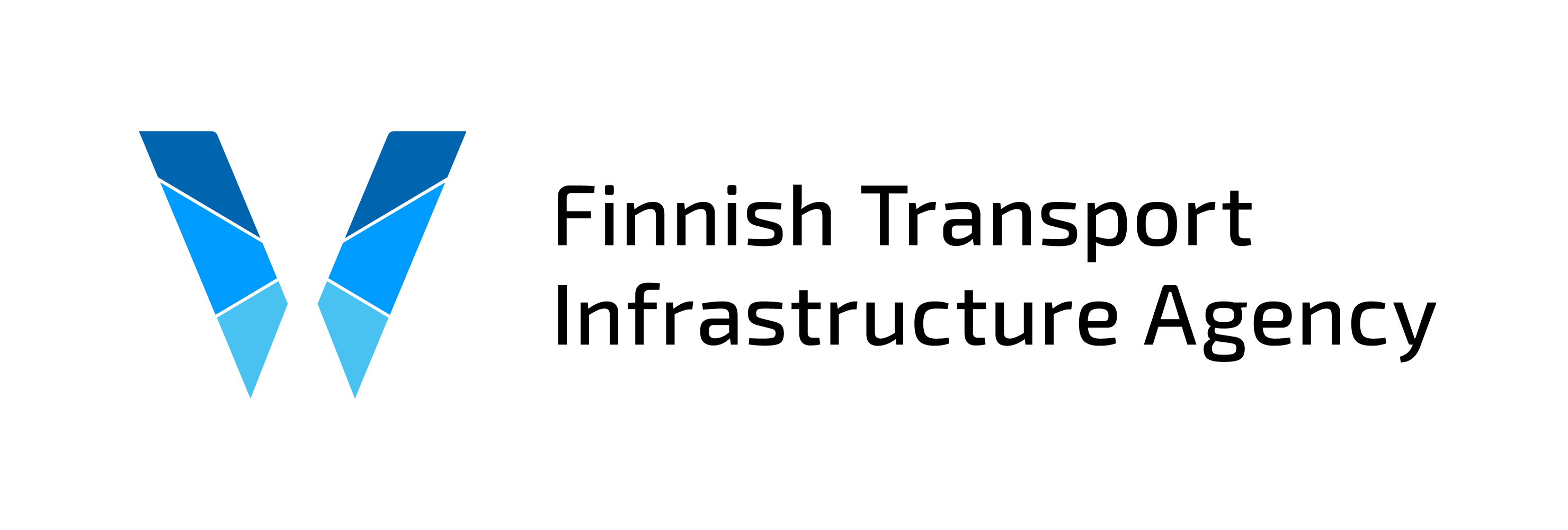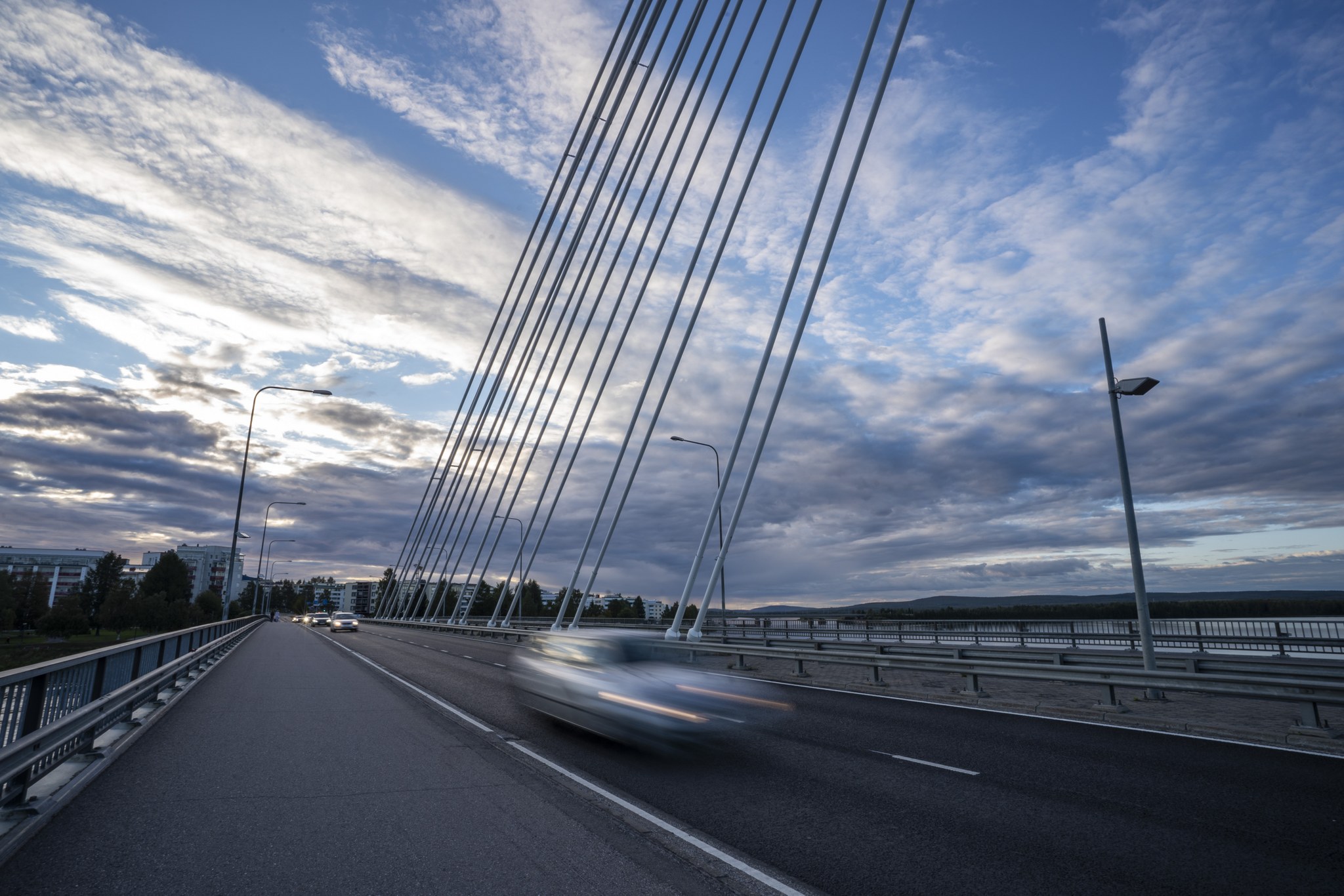Standardisation efforts relevant to the Finnish Transport Infrastructure Agency are carried out in European and international working groups. Being involved in these groups is important to ensure that Finland’s special climate and soil needs are taken into account and that standardised products are available for us as well. “For example, bridge bearings need to be cold-resistant in Finnish conditions. Another example is that asphalt mixture has to be resistant to the wear and tear caused by studded tyres”, explains Sami Petäjä, Head of Road and Geotechnology. “We have commented actively on the Eurocodes that are currently being updated for geotechnical design because they will determine plans in the future.”
Finland’s position on the requests for statements are formulated by standardisation groups with 20–40 people from outside the agency: from higher education institutions, research institutes and service providers. “The agency’s role in the lead can also be seen to promote competition, because not all service providers have the option to invest in standardisation efforts”, says Petäjä. Any interested expert is welcome to participate in the groups free of charge.
For companies, standardised products open doors to the internal market in Europe, with no need for a separate approval from every new country. For ordinary road users, standards offer reliability and safety. “For example, road railings work in the same safe way across Europe. Still, our road railings are designed according to the instructions of the Finnish Transport Infrastructure Agency. This means that standards and national guidelines have to be compatible”, Petäjä says.

